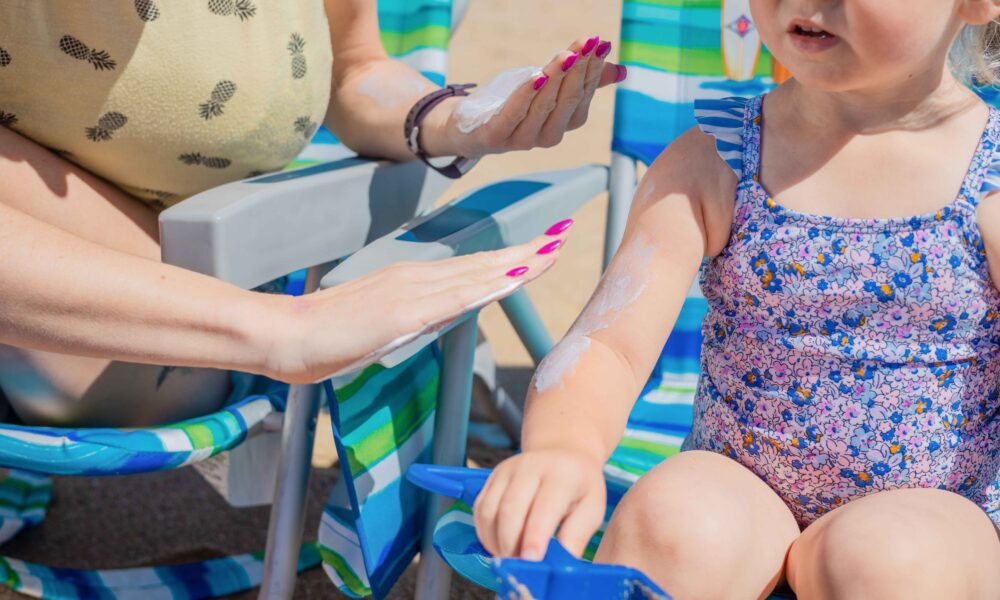Skincare is a focal point in the beauty and wellness industry. One cannot scroll through TikTok or Instagram without seeing Reels promoting various skincare products and regimens. The importance of proper skin health, however, goes deeper than beauty. From 2008 to 2018, there has been a 44 per cent global increase in cutaneous melanoma—the most fatal form of skin cancer. In Canada, melanoma accounts for 1.2 per cent and 1.9 per cent of deaths by cancer in women and men, respectively.
Dr. Ivan Litvinov, a dermatologist and an assistant professor in McGill’s Department of Medicine, and his team recently published a longitudinal study showing that melanoma rates are on the rise in Canada—particularly in southern coastal areas.
The researchers analyzed data from two databases for melanoma patients: The Canadian Cancer Registry (CCR) and Canadian Vital Statistics (CVS). The databases contained information about patients who were diagnosed with invasive melanoma between 2011 and 2017 from all Canadian provinces and territories, excluding Quebec. The researchers categorized the patients according to sex, age, stage of the cancer, anatomical location of the cancer, and the subjects’ place of residence. The percentage of new cases and death rates were compared to previous findings from 1992 to 2010.
The study showed that diagnoses of all types of melanoma increased in Canada during the 2011–2017 period compared to 1992–2010. However, while the rates of reported cancers were increasing, the death rate has continued to trend downward since 2013.
“Before, invasive melanoma was certainly a death sentence for the patient. But now, this is no longer the case,” Dr. Litvinov said in an interview with The McGill Tribune. “Now, actually, we have targeted therapies that are able to prolong patients’ lives and, on top of that, we have immunotherapy which has revolutionized skin cancer […] and now up to 65 per cent of the patients are surviving.”
Dr. Litvinov’s research team also found that melanoma does not affect all demographics in the same way. In men, melanoma tends to be more localized near the head and chest areas while, for women, it’s mostly found on the arms and legs. This difference in location could be explained by summer clothing preferences, since exposure to ultraviolet light from the sun or tanning salons is the most common cause of fatal melanoma.
Notably, they also found that the incidence of melanoma was not the same across all geographical regions. In fact, warm, coastal regions—specifically New Brunswick, Prince Edward Island, southern Ontario and British Columbia—and areas near tourist attractions had higher rates of melanoma than inland areas such as the Prairies.
Since publishing their paper, the team has done further research into the environmental factors that can lead to increased melanoma rates. They found that greenery, ultraviolet indexes, and high annual temperatures drove melanoma rates up. Rain and a high amount of heat events (such as heat waves), however, drove melanoma down.
Over the summer, Dr. Litvinov, along with some McGill medical students, visited 25 coastal locations and conducted focus groups where they discussed sun protection, its benefits, and how to structure a melanoma-prevention plan that fits each community. The doctor plans to expand on the current study by incorporating standardized sun exposure questionnaires, which will include factors such as education level, occupation, and attitudes and beliefs towards sun protection. Until then, Dr. Litvinov has some advice for those who want to know how to effectively protect themselves against melanoma:
“Get out and enjoy the outdoors. Just don’t get a tan and celebrate your natural skin colour. We encourage people to use sun-protective clothing, rash guards, hats, sporting clothing, and use sunscreen,” he said. “For the sunscreen, we recommend broad spectrum SPF of 60 and higher. You need to apply it every 2-3 hours and more frequently if you are doing water activities.”






